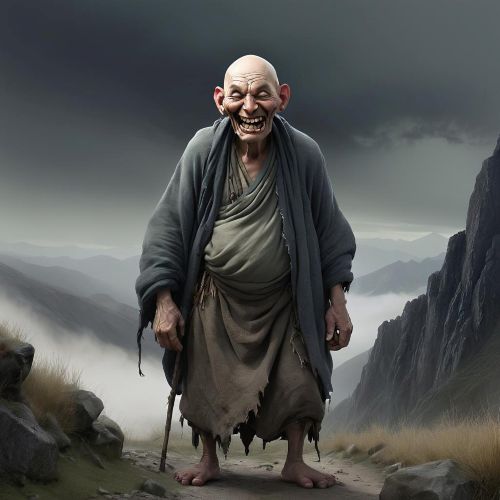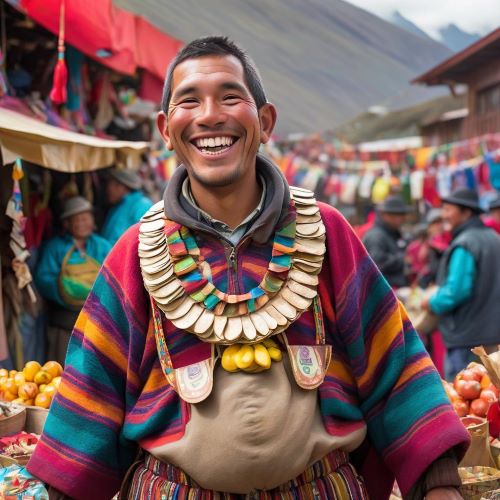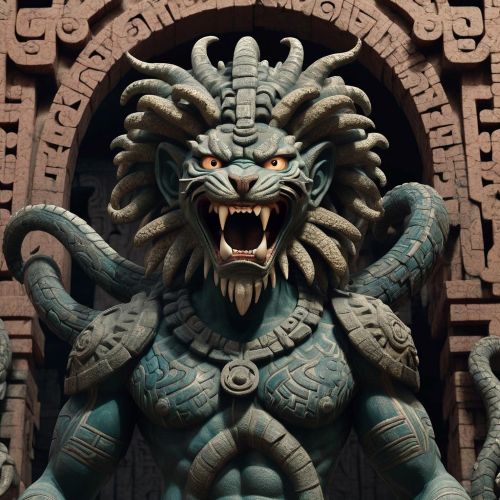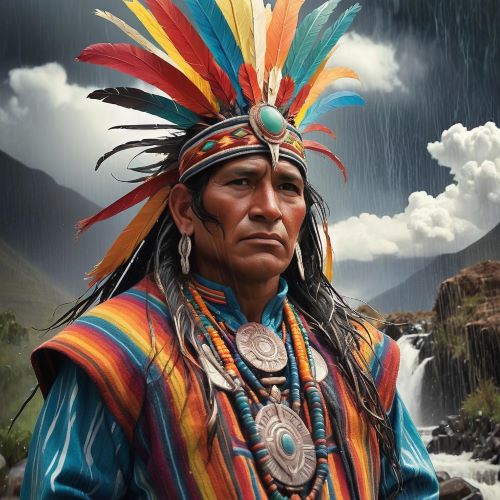Chavin & Aymara Mythology
Chavín and Aymara mythology represent two influential traditions from the Andes, reflecting both ancient ceremonial centers and enduring Indigenous worldviews. Though separated in time, both cultures highlight the sacred connection between humans, animals, and the dramatic landscapes of mountains, rivers, and skies. Chavín mythology, tied to one of Peru’s earliest civilizations, is preserved through monumental art and temples that reveal a complex spiritual cosmology. Aymara mythology, rooted in the highlands of Bolivia, Peru, and Chile, continues to be practiced today, with myths and ceremonies deeply integrated into community life. Together, these traditions show the Andean belief in a world alive with spirits, ancestors, and powerful natural forces.
Chavín mythology is best understood through its art and sacred architecture, particularly at Chavín de Huántar, where carvings and sculptures depict composite beings that combine humans, jaguars, eagles, and snakes. These hybrid figures represent transformation, power, and the connection between earthly and spiritual realms. The Chavín used ritual, music, and hallucinogenic plants to enter altered states of consciousness, linking their mythology to shamanic practices. Though specific stories are not preserved in detail, Chavín imagery suggests a cosmology where animals and supernatural beings served as mediators between humans and the gods, emphasizing the role of transformation and spiritual vision.
Aymara mythology, in contrast, survives as a living tradition. Central figures include Pachamama, the earth mother who nourishes all life, and Inti, the sun, who provides warmth and growth. Mountains, or apus, are revered as powerful spirits, and Lake Titicaca is considered a sacred place of origin. Aymara myths describe cycles of creation and destruction, teaching lessons about humility, reciprocity, and respect for the natural world. Ritual offerings of food, coca leaves, and chicha beer are made to Pachamama and the spirits of the land, reflecting the continued importance of these myths in daily life. Storytelling, ceremonies, and seasonal festivals ensure that Aymara mythology remains central to cultural identity.
Today, Chavín and Aymara mythology offer two perspectives on Andean spirituality—one preserved in stone and ritual remnants, the other alive in community practices and oral tradition. Archaeologists and historians study Chavín art to uncover the mysteries of its cosmology, while Aymara elders and cultural leaders continue to pass on stories and ceremonies to younger generations. Both traditions emphasize balance with nature, respect for spiritual forces, and the interconnectedness of life. Exploring Chavín and Aymara mythology provides insight into the deep roots of Andean culture and the enduring strength of Indigenous worldviews in shaping identity and resilience.





